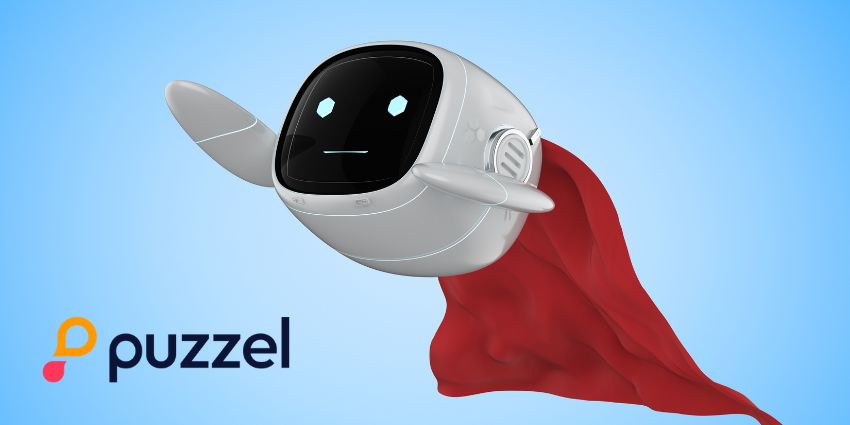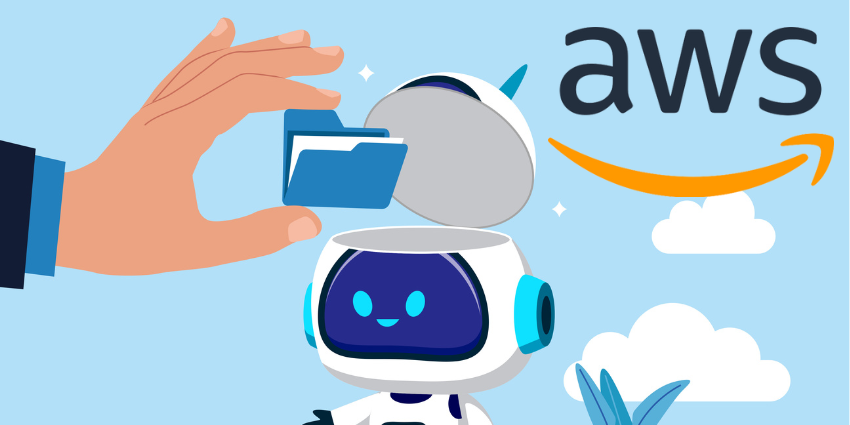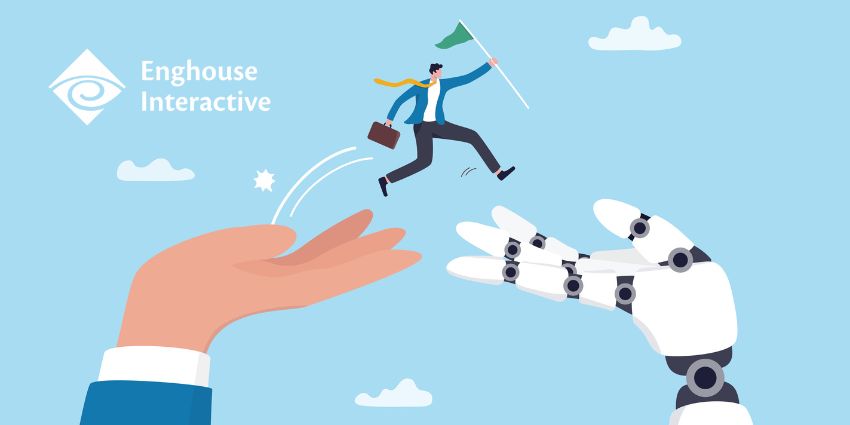Customer service AI skeptics and naysayers alike have gripped onto the issues of hallucinations as a flagship to resistance.
Recent stories of contact center virtual agents inventing business policies and taking offense to the word “virgin” support their take.
But, ultimately, is the resistance futile?
According to Tom Eggemeier, CEO of Zendesk, it undoubtedly is.
In a recent appearance on CNBC, he claimed that, through testing, “We find out that humans are making more mistakes than AI is making hallucinations.”
However, Eggemeier acknowledged that customers may not always want to speak to an AI agent.
Moreover, there may be contacts with high upsell or cross-sell potential that businesses wish to utilize live agents for. After all, their human reassurance could make or break a sale.
As such, the CEO stresses that contact centers must rethink how they triage and orchestrate particular intents.
“Decide how much leeway you want to give a bot or AI agent,” said the CEO. “You might want to have a lot of control over certain kinds of interactions, such as high-volume cases, or less when you’re dealing with a VIP customer.”
Nevertheless, even with live support reps playing a critical role in the contact center, Eggemeier predicts that within five years, “80 percent of interactions between consumers and companies will be solved by AI.”
That aligns closely with Gartner research, which found that agentic AI will resolve four in every five customer queries by 2029.
Upon releasing the study, the analyst noted that AI literacy, data analysis, and emotional intelligence will become key skills for service leaders.
Moreover, Gartner stressed that these leaders must learn how to foster AI and human collaboration while establishing clear workflows between them.
Nevertheless, before contact centers go all-in on the AI revolution, Liz Miller, VP & Principal Analyst at Constellation Research, shared a warning during a recent Big CX News Update. She said:
In the age of AI, there are no second chances… We, as humans, are more open to giving that human agent a second chance. If AI (messes up), you’re done. You had one chance, and I’m not coming back.
As such, contact centers should avoid hooking up an AI agent to a knowledge base and just letting it loose.
A more modular approach – first targeting common, transactional queries – will help build confidence in the technology and establish a baseline from which to build upon.
The AI-to-Human Escalation Point
As noted, a contact center may wish to escalate to a human when it predicts an opportunity to upsell. Yet, there are other cases where service teams may wish to escalate the conversation, such as highly emotional cases.
Now, AI can detect emotional cues in 80-90 percent of cases, according to Eggemeier. “That’s exactly where it should hand the interaction off to a human,” he said.
After all, even if AI can express empathy, customers don’t feel it the same way they do from a human.
Yet, there’s a proper way to make that escalation. An AI agent shouldn’t say: “You sound angry—let me transfer you to John.”
Per Eggemeier, it should instead state: “Here’s how I can help, but I understand this might not be enough. Let me connect you with my supervisor.”
In the future, that supervisor will oversee a team of both human and AI agents.
Zendesk’s Innovative Approach to AI Pricing
While Zendesk has made a splash with its new Resolution Platform, which acts as a hub for AI agents, its differentiative approach to pricing also catches the eye.
It recognizes that per-seat pricing will not be viable in the future with hybrid AI and human support teams. So, instead, it charges on “resolutions”.
As such, Zendesk only charges when its AI solves the end-user’s problem.
Explaining the benefits of this model, Eggemeier shared an example: “I was on a flight and realized I’d miss my connection. I used the airline’s app, and an AI agent got me 90 percent of the way through rebooking—but then mobile coverage failed.
Under interaction-based pricing, that would’ve cost $2, even though the issue wasn’t resolved. We don’t think that’s fair. With Zendesk’s resolution platform, you’re only charged when the issue is truly solved.
To learn more about Zendesk’s resolution-based pricing, check out the article: Zendesk Outlines Its Unique Pricing Strategy for AI Agents







